The Power of Teamwork: How Group Acrobatic Acts Create Spectacular Shows
Acrobatics has captivated audiences for centuries, weaving together the art of physical prowess with the thrill of adrenaline. Today, the spectacle of group acrobatic acts underscores the essence of teamwork. These performances not only showcase extraordinary physical abilities but also illustrate the power of collaboration and trust among performers. This article explores the intricacies of group acrobatics, emphasizing how teamwork transforms individual talent into spectacular shows.
The Essence of Group Acrobatics
What is Group Acrobatics?
Group acrobatics, as a performance art form, involves multiple athletes collaborating to execute complex maneuvers, routines, and stunts. Unlike solo acts, group performances require synchronization, precision, and mutual trust among participants. The most notable forms include traditional circus acts, contemporary dance, and physical theater, which all emphasize collective effort.
Historical Context
The roots of acrobatics can be traced back to ancient civilizations, where performances were often held to celebrate religious or social events. Early group acts would have likely consisted of simple cooperative feats. Over time, though, as circus culture blossomed in the 19th century, performances became increasingly complex, with dazzling displays of physical skill. Today, urban acrobatics and performance troupes continue pushing the boundaries of what can be achieved through teamwork.
The Role of Teamwork in Acrobatics
Trust and Communication
The foundation of any successful group acrobatic act is trust. Performers must have unwavering confidence in their teammates’ abilities to accomplish complex stunts. For instance, in a typical human pyramid, the individual at the bottom bears the weight of their partners, requiring absolute trust. Effective communication enhances this trusting environment, where non-verbal cues and constant eye contact become essential elements of the performance.
A study conducted by researchers in performance psychology suggests that trust among team members significantly enhances performance efficacy, reducing the likelihood of accidents and increasing overall quality of the routine [1]. The shared experience of rehearsing together fosters a deeper bond, laying the groundwork for mutual reliance.
Coordination and Synchronization
Coordination is another critical aspect of group acrobatics. The precision required in timing—whether during a flip, a catch, or a landing—is paramount. Performers must practice relentlessly to achieve perfect synchronization, as even a slight miscalculation can lead to injuries or disastrous results.
To this end, choreographers play a vital role in designing routines that allow for optimal flow. They often employ video analysis to study timings and patterns, refining the details until each movement blends seamlessly. This meticulous approach underscores how teamwork is integral to refining skills and performance artistry.
The Physical Demands of Group Acrobatics
Strength and Conditioning
Group acrobatic performances demand extraordinary physical capabilities. Each performer must undergo strength and conditioning training tailored to their roles within the group. Base performers, for instance, often require substantial core strength to support their partners, while flyers need agility and aerial finesse.
Physiological studies highlight the unique conditioning pathways necessary for such athletes. They typically engage in resistance training, plyometric exercises, and flexibility routines to develop the core strength, explosive power, and coordination essential for group acts [2]. This comprehensive approach to physical conditioning underscores teamwork by ensuring that each member is equally prepared and ready for the collective performance.
Injury Prevention and Safety Protocols
In the high-stakes world of group acrobatics, injury prevention is a cooperation-dependent endeavor. Teams typically establish safety protocols that involve constant vigilance during rehearsals. For example, using mats during training and conducting regular health checks can mitigate injury risks.
More importantly, team members must understand their limits as well as those of their partners. The decision to execute a move should be a collective one, reliant on each member’s condition and capability on that day. By fostering a culture prioritizing safety, teams can maintain their health and performance longevity.
The Creative Process in Group Acrobatic Acts
Brainstorming and Ideation
The creation of a group acrobatic act is typically a collaborative endeavor. Performers often come together to brainstorm ideas, infusing the process with their individual styles and strengths. This diversity brings richness to the final act, reflecting varied perspectives that enhance the performance’s artistry.
Choreographers may guide these sessions, facilitating discussions that encourage creativity while keeping the goals of the performance in sight. Workshops or retreat sessions can also foster creativity, as groups step away from their daily routines to explore new ideas together.
Rehearsal Techniques
Rehearsals for acrobatic performances often involve iterative processes where teams must practice individual sections before fusing them into a cohesive routine. This segmentation allows for focused refinement, making it possible to troubleshoot specifics within a larger framework.
Importantly, feedback plays a key role during this stage. Constructive critique from teammates enables each performer to enhance their skills while strengthening the team’s overall harmony. A culture where open communication is encouraged results in a more resilient ensemble.
The Audience Experience
Spectacle and Entertainment
One of the most remarkable aspects of group acrobatics is the allure of spectacle. Audiences are profoundly drawn to the sheer physicality and artistry on display. The intricate choreography, expertly timed moves, and synchronization create a captivating blend of art and athletics.
Performances often evoked emotional responses—laughter, awe, and inspiration—demonstrating the power of storytelling rooted in physical feats. Here, teamwork is not just about executing stunts; it is also about crafting moments that resonate with spectators, elevating the overall experience.
Building Community Engagement
Group acrobatic acts often engage communities, drawing in local talent, particularly when troupes seek novelty or diversity in their performances. These initiatives can serve educational purposes, introducing youth to the fundamentals of acrobatics, not just as spectators but as aspiring performers. Such community engagement fosters a two-way relationship between performers and their audiences, strengthening the bonds formed through shared experiences.
Case Studies: Successful Group Acrobatics
Cirque du Soleil
Cirque du Soleil has revolutionized the world of circus performance through its emphasis on collaboration and teamwork. Their group acrobatic acts often blend various disciplines, including dance, theater, and music, showcasing the incredible capabilities of performers who share a steadfast commitment to their craft [3].
With a history of crafting visually stunning shows like "O" and "KÀ," Cirque du Soleil emphasizes the importance of rehearsal and collaboration in bringing the most complex physical feats to life. The immense success of such productions emphasizes the rewarding nature of teamwork within the acrobatic world.
The Flying Karamazov Brothers
Known for their unique blend of comedy and acrobatics, the Flying Karamazov Brothers exemplify how teamwork can result in innovative performances. Their acts often feature intricate juggling and movement, showcasing the interplay of trust and timing. Utilizing humor as a narrative device, they create engaging and memorable experiences for their audiences while underscoring the powerful dynamics of teamwork [4].
Conclusion
The world of group acrobatics serves as a powerful testament to the strengths rooted in collaboration, trust, and collective effort. As performers execute breathtaking stunts, they highlight that the beauty of such acts lies not only in individual talent but primarily in the cohesive spirit that enables their creation. This art form transcends mere spectacle, reminding us of the value of teamwork in all life’s endeavors—wherever there is collaboration, there can be greatness.









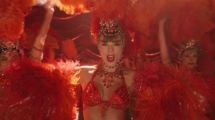





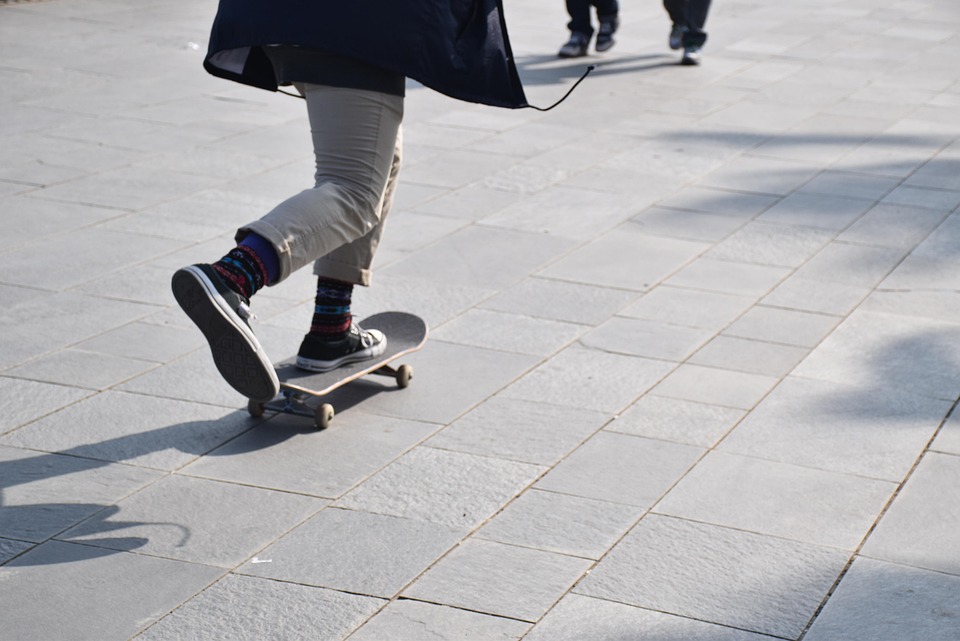
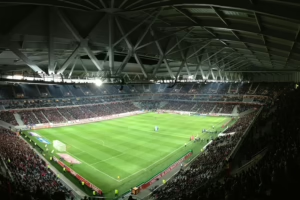

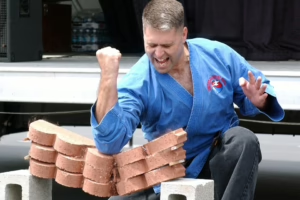


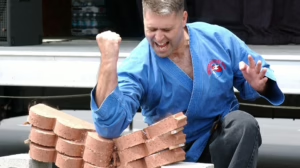




Add Comment